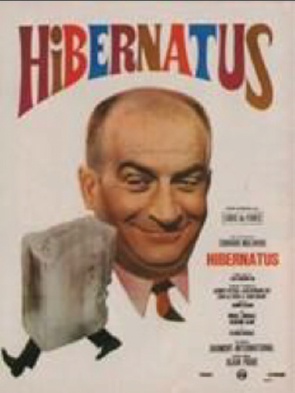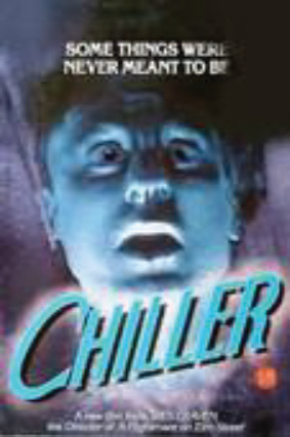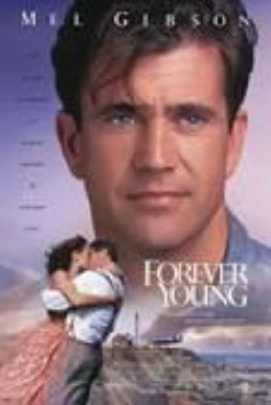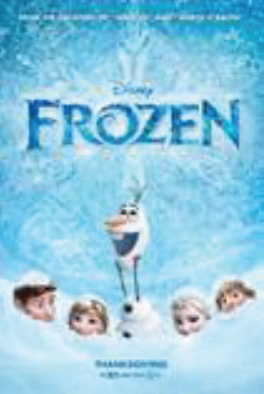ISSN electrónico: 1585-5210
DOI: https://doi.org/10.14201/rmc2021173179186
37 SECONDS (2019). PERINATAL ASPHYXIA, THE GOLDEN MINUTE OF BIRTH AND NEONATAL THERAPEUTIC HYPOTHERMIA FROM A MOVIE PERSPECTIVE
37 segundos (2019). La asfixia neonatal, el minuto de oro en la reanimación y la hipotermia terapéutica desde el prisma del cine
Carlos MORENO ZACONETA, Juliana TRINDADE, Thaiana BELEZA
Hospital Materno Infantil de Brasília (Brazil).
Correo eletrónico: zaconeta@uol.com.br
Received: 29 September 2020
Accepted: 26 October 2020
Summary
The article uses the film 37 seconds to draw attention to a serious social problem that is perinatal asphyxia. They talk about prevention during prenatal monitoring, the importance of the golden minute in neonatal resuscitation, hypothermia as a form of prevention of neurological sequelae, and monitoring with an electroencephalogram for the diagnosis of seizures.
Keywords: perinatal asphyxia; neonatal resuscitation; cerebral palsy
Resumen
El artículo utiliza la película 37 segundos para llamar la atención en relación a un grave problema social que es la asfixia perinatal. Se aborda su prevención durante el acompañamiento prenatal, la importancia del minuto de oro en reanimación neonatal, la hipotermia como forma de prevención de secuela neurológica y el monitoreo con electroencefalograma para el diagnóstico de convulsiones.
Palabras clave: asfixia perinatal; reanimación neonatal; parálisis cerebral
37 seconds by Hikari (2020) is about a girl with cerebral palsy, focusing on the difficulties that she is exposed to externally and internally. Yuma is a young japanese girl in a wheelchair searching for her role in the working market while getting to know and enjoy life, including her sexuality. Although the movie takes place in a Japanese city with accessibility this is not the reality of most countries.
Prenatal asphyxia is the most common cause of cerebral palsy all over the world. The iniciatives intended to reduce the mortality and morbidity of neonatal asphyxia include: 1) Primary prevention measures, such as earlier and universal prenatal assistance, improvement of motherly health and acknowledgement and treatment of obstetrics diseases; 2) Immediate and systematized neonatal resuscitation; 3) Appropriate treatment of asphyxiated patients1. The present article will aproach this matter.
Maternal health, acknowledgement and treatment of obstetrics diseases
The prevention of prenatal asphyxia begins on the preconceptual assessment, meaning that any woman who decides to get pregnant (or in fertile age) should be investigated from the clinical, emotional, nutritional and serological aspect and be guided to re-evaluate vitamins, vaccines, nutrition, life habits, alcohol abuse, etc.
The prenatal care must be a right assured to all pregnant woman, earlier and completely, because it is without a doubt the best moment to guide, identify and possibly correct factors that might lead to prenatal asphyxia. The obstetrician is able to identify risk factors or specific diseases (obesity, hypertension, diabetes, isoimmunization, multiples, etc) that might adversely modify the development of the pregnancy and may apply preventive or therapeutic measures. A complete prenatal care assures better chance of safety during pregnancy.
Immediate and systematized Neonatal Resuscitation
One in ten newborns need health professional assistance to begin effective breathing1. When a full term baby is born, the health professional responsible for the first care should answer these questions: 1) is the baby crying? 2) is there proper muscle tone? If both answers are satisfactory, campling of umbilical cord should be delayed, the newborn should have skin-to-skin contact with the mother and a less invasive evaluation should be done, if possible. This must occur in most cases. If any answer is not satisfactory, the umbilical cord must be immediately clamped and the newborn must be placed under a heat source, the head positioned on a slight extension, the respiratory airway cleared - only if necessary, the skin dried and the head repositioned. At this moment, the heart rate should be assessed to check if it is lower than 100/minute or if it is on apnea or gasping. If one of these problems exists, the positive pressure ventilation must be initiated immediately. This whole process cannot take longer than sixty seconds, that is why it is known as the golden minute of neonatal resuscitation (Figure 1)2.
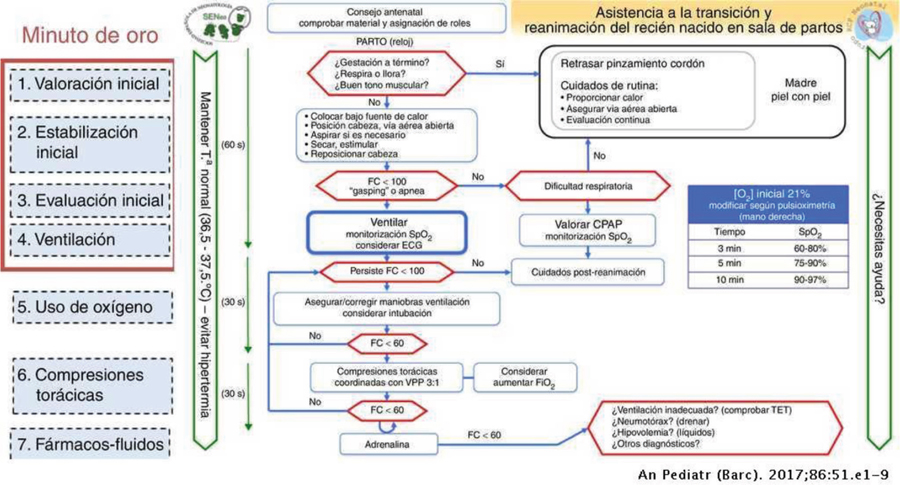
Figure 1. Neonatal Resuscitation algorithm. From Circulation. 2015 Nov 3;132(18 Suppl 2):S543-60 2.
The name golden minute originates from the fact that the longer it takes to initiate the resuscitation, the more difficult it becomes, increasing the risk of cerebral lesion to the newborn. The ventilation (breathing) is the most important and effective procedure on the neonatal resuscitation and should be established before any other, such as chest compressions or the administration of drugs1. The death risk or morbidity increases 16% for each 30 seconds that ventilation is delayed until the sixth minute of life3.
The main point of the movie from the objective of this article and the explanation of its title, occurs almost at the end, when Yuma travels to Thailand to meet her twin sister Yuka, who is a teacher and leads a normal life without any deficiency. She is talking to a friend, whom encouraged her and went to Thailand with her, that: "It took 37 seconds for me to start breathing. If I had started my breath a second before, perhaps I would be free, just like her." Indeed, every second is precious in neonatal resuscitation and for this reason the assistance must be immediate and systematized. Before each delivery, all resuscitation material and human material must be available for use and the tasks of each one must be defined. This is not achieved by improvising, there must be regular training courses for the professionals who attend the delivery room. It is also very important to emphasize that, in multiple pregnancies, like the case of Yuma and Yuka, there must be independent material and professional resuscitation equipment for each baby1.
The movie does not specify whether Yuma was born premature or not, but it is important to note that the lower the gestational age, the greater the risk of suffocation and the need of neonatal resuscitation. Six out of every 10 newborns weighing less than 1500 grams require positive pressure ventilation at birth1.
Appropriate treatment of asphyxiated patients
The third important topic to discuss in this article is that when neonatal asphyxiation is inevitable, we should in any way prevent the progress of neurological injury. The economic and social cost of cerebral palsy is so high that today there are Neonatal Neurological ICU, which are specialized centers, capable of providing the most advanced resources for monitoring and brain care.
The most effective treatment is the precocious hypothermia of the newborn4. The baby is cooled to 33.5 °C for 72 hours, thereby stopping the process of neuronal apoptosis. In the movie Yuma is 23 years old, if she had been born in the last decade, she would probably have been put through the hypothermia process and the degree of neurological sequelae could be reduced. The results of randomized clinical trials showed that hypothermia significantly reduced the rate of death and major disability5. Although hypothermia makes treatment more expensive, it has been proven that its economically more beneficial than the total costs of children with neurological sequelae6.
Monitoring vital signs such as arterial pressure and oxygenation is very important, but the ability to diagnose the presence of convulsions is crucial. A study with 393 cases of neonatal seizures accompanied by electroencephalogram (EEG), showed that 21% had clinical signs while 79% were asymptomatic or subclinical7. For this reason, asphyxiated newborns must be submitted to continuous EEG and the amplitude-integrated EEG (aEEG) to avoid the risk of missing and treating a seizure8.
Although cinema used freezing and unfreezing people many times in countless science fiction movies (Table 1), neonatology was the first medical specialty to successfully carry out hypothermia in human patients (Figure 2).
Table 1. Movies have used freezing and unfreezing humans many times in scientific fiction.
Hibernatus (1968) by Édouard Molinaro. |
In Greenland, a sunk boat is found, and it had conserved the body of a 65 years old man who is defrosted and returns to a perfect health state. The grandfather must adapt to modern life and will cause many transformations on the family. |
Chiller (1985) by Wes Craven. |
Without cure to his disease, a young millionaire is frozen so his physicians can study his case. Ten years later, he is defrosted, and murders starts to happen. |
Demolition Man (1993) by Marco Brambilla. |
Based on a book by Aldous Houxley, during the confrontation of a policeman (Silvester Stallone) and a criminal, both end up killed, and both are condoned to cryoprison. In 2032, the criminal is unfrozen on a futuristic society, advanced and pacific, where firearms are only found on museums. The laws and law enforcement are not ready for the magnitude of the criminal. The only alternative is to unfreeze his archenemy, the policeman. |
Forever Young (1992) by Steve Miner. |
A test driver (Mel Gibson) can’t handle seeing his fiancée in coma and volunteers to an experiment of freezing meant to last for one year. The project is forgotten, and the man is defrosted after 50 years. |
Captain America, The First Avenger (2011) by Joe Johnston. |
Captain America is lost in the ocean and frozen for 70 years, when he returns, he is changed. |
Frozen (2013) by Jennifer Lee and Chris Buck. |
Anna becomes a frozen statue and only gets back to life thanks to Elsa’s love. |
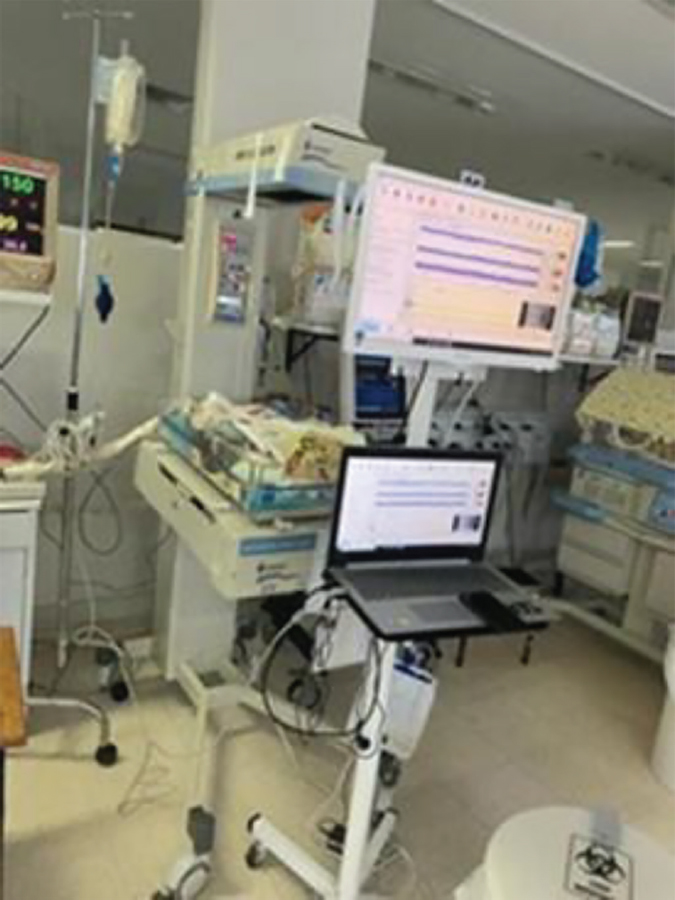
Figure 2. When the reality is above the fiction. Asphyxiated newborn at therapeutic hypothermia in Brasilia. The continuous reading of the aEEG occurs live in another state in Brazil (São Paulo) and if there is any change it is warned at the same time through WhatsApp.
In conclusion, the 37 seconds movie can be used as an opportunity to discuss the importance of prenatal care, the golden minute in neonatal resuscitation, the importance of a resuscitation team for each twin, therapeutic hypothermia, health professionals, neonatal neurological ICU and its relevance in reducing the neurological sequels that burden the individual, the family and society.
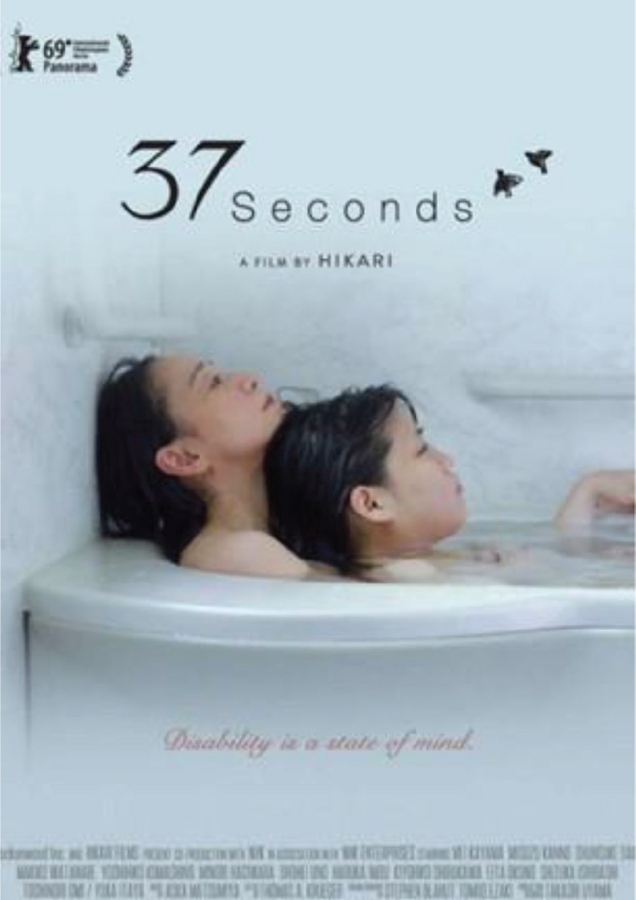
Technical details
Title: 37 seconds.
Original title: 37 Sekanzu.
Country: Japan.
Year: 2019.
Director: Hikari.
Music by: ASKA.
Photography: Stephen Blahut.
Casting: Sawako Ohzu.
Screenwriter: Hikari.
Cast: Mei Kayama, Makiko Watanabe, Misuzu Kanno, Shunsuke daitô, Yuka Itaya, Minori Hagihuara, Shizuka Ishibashi, Kiyohiko Shibukawa, Shohei Uno.
Color: Color.
Runtime: 115 minutes.
Genre: Drama.
Producers: Hikari, Peter Maestry, Shin Yamaguchi.
Synopsis: Suffocated by society and her family obligations, a manga artist begins a peculiar adventure searching for her sexual and personal freedom.
Awards: Panorama audience award, CICAE art cinema award (2019).
Links: http://37secondsfilm.com/
References
1. Almeida MF, Guinsburg R. Programa de reanimação Neonatal. Manual didático do instrutor. 1th Ed. Programa de reanimação Neonatal. Brasil; 2016.
2. Wyckoff MH, Aziz K, Escobedo MB, Kapadia VS, Kattwinkel J, Perlman JM, et al. Part 13: Neonatal Resuscitation: 2015 American Heart Association Guidelines Update for Cardiopulmonary Resuscitation and Emergency Cardiovascular Care. Circulation. 2015 09 3;132(18 Suppl 2):S543–60.
3. Ersdal HL, Mduma E, Svensen E, Perlman JM. Early initiation of basic resuscitation interventions including face mask ventilation may reduce birth asphyxia related mortality in low-income countries: a prospective descriptive observational study. Resuscitation. 2012;83(7):869–73.
4. Procianoy R. Hipotermia Terapêutica. Departamento Científico de Neonatologia. Sociedade Brasileira de Pediatria. Nº4. Junho 2020.
5. Edwards AD, Brocklehurst P, Gunn AJ, Halliday H, Juszczak E, Levene M, et al. Neurological outcomes at 18 months of age after moderate hypothermia for perinatal hypoxic ischaemic encephalopathy: synthesis and meta-analysis of trial data. BMJ. 2010;340:c363.
6. Regier DA, Petrou S, Henderson J, Eddama O, Patel N, Strohm B, et al. Cost-effectiveness of therapeutic hypothermia to treat neonatal encephalopathy. Value Health. 2010;13(6):695–702.
7. Clancy RR, Legido A, Lewis D. Occult neonatal seizures. Epilepsia. 1988;29(3):256‐61.
8. Variane G, Magalhães M. Departamento Científico de Neonatologia. Sociedade Brasileira de Pediatria. Nº8. Setembro 2020.

Carlos Moreno Zaconeta. MSc en Medicina (2005) Universidade de Brasilia. Neonatal Ressuscitation Instructor by the Sociedade Brasileira de Pediatria, preceptor of Neonatology Residence at Hospital Materno Infantil de Brasilia. Presidente of Neonatal Department at Sociedade de Pediatria de Brasilia.

Luciana Cabral de Araujo da Trindade. Pediatrician, Neonatology Resident at Hospital Materno Infantil de Brasília (R3).

Thaiana Cabral Lelis Beleza. Pediatrician, Neonatology Resident at Hospital Materno Infantil de Brasília (R3).
